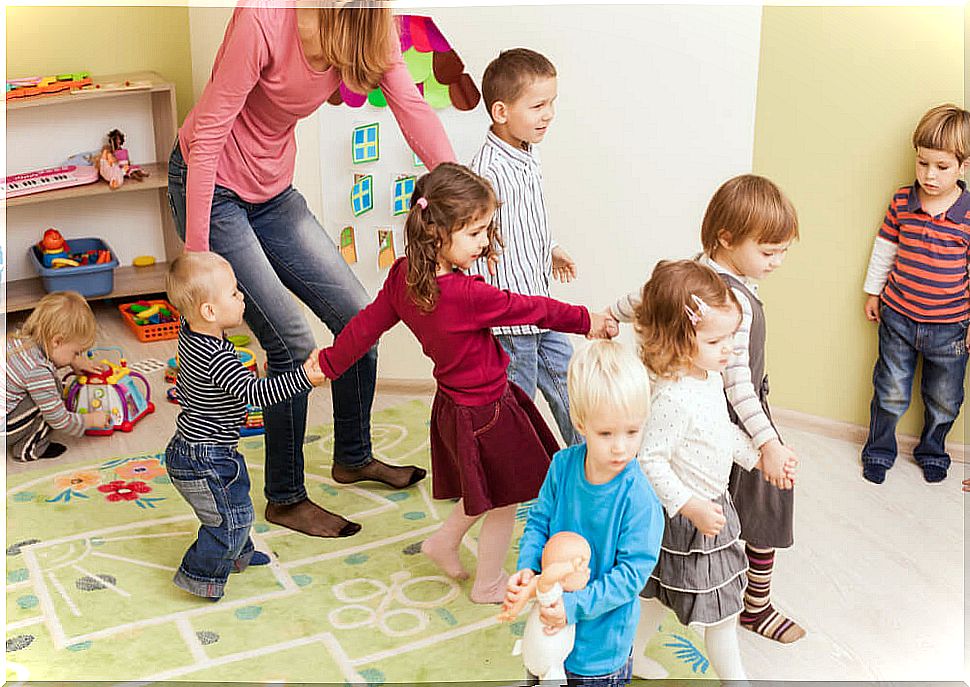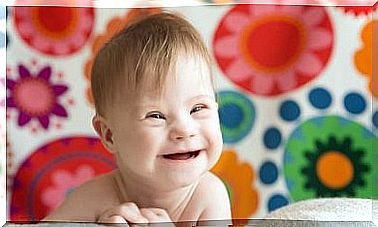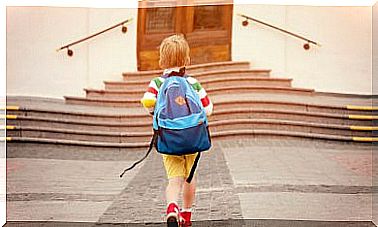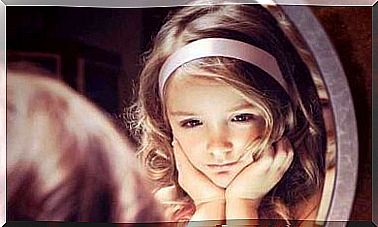How To Work On Repetition In Early Childhood Education
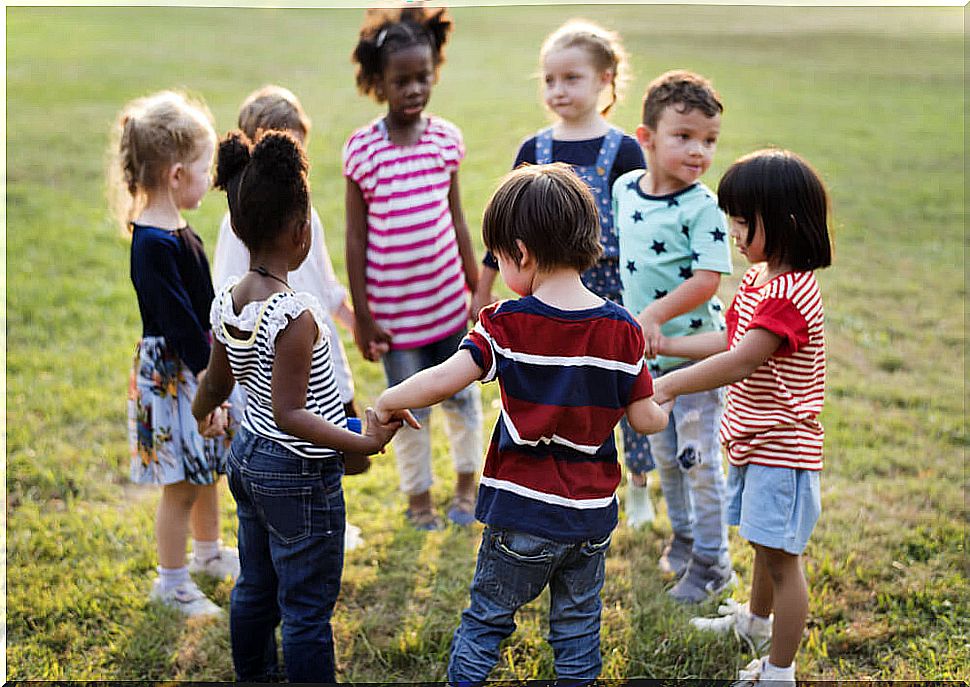
When talking about repetition in Early Childhood Education, it is impossible not to think of a Montessori pedagogy environment to apply this repetition. And it is that this pedagogy is specifically designed to support learning through repetition and practice.
In fact, repetition is a key symptom of what Montessori identifies as “sensitive periods, “ which she recognizes as a time when children are more likely and more willing to learn a key area of knowledge or skill with ease.
So we are going to focus on this pedagogy to address the issue of how to work repetition in Early Childhood Education. An example of how Montessori supports repetition is the ‘Montessori work cycle’.
This two-hour cycle in Early Childhood Education offers children the opportunity to choose their own work, follow their interests and work without interruption. During the work cycle, it is common for children to return to the same activity frequently, repeating it until they have perfected it.
In addition, Montessori materials, multisensory learning tools, teach children to solve problems and self-correct through repetition and practice. By working with these materials, children develop, through hands-on experience, an understanding of abstract concepts, such as science and math.
For example, let’s think about the repetition of activities in the area in the Montessori ‘Practical Life’ zone. They help children develop the coordination and body awareness they need. A child must learn to sit, be still, and concentrate before developing the neurological connections necessary for reading, writing, and math.
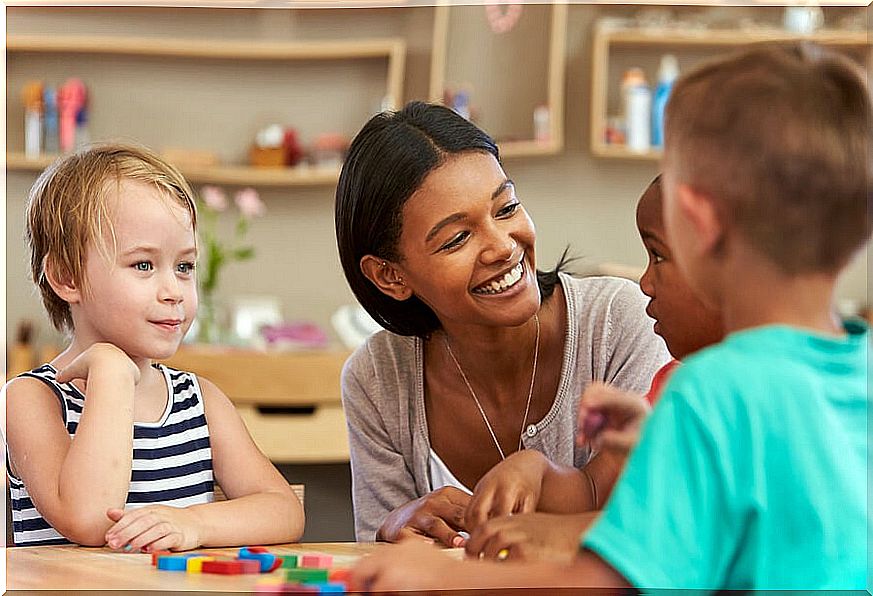
Working on repetition in Early Childhood Education
Next, we are going to see, following Montessori guidelines, how we can work on repetition in a beneficial way, either at home or in the classroom. Let’s see, therefore, how we can be part of these children’s advances in a simple and useful way.
Facilitate the opportunity for repetition
As a parent, you can support your child by giving him the opportunity to repeat the activities that interest him. During playtime it is important to let them continue and not encourage them to save a specific game if they are in the middle of an activity. It is important to give them as much time as possible to complete it.
Learning extensions
At the same time, it is important to encourage ‘extension learning’ based on the repetition of a child’s favorite story, movie, activity or song. A good idea is to invite them to repeat an activity and expand it. To do this, we can encourage him to draw pictures, to reflect on ‘similarities and differences’ or by encouraging him to anticipate words or actions.
Multisensory instructions
We can promote repetition by using new multisensory instructions in it. This could be done with new questions in a repeated activity such as: “What does it look like?”, “What does it smell like?” or “How does it sound?” . These instructions will encourage children to retain new information.
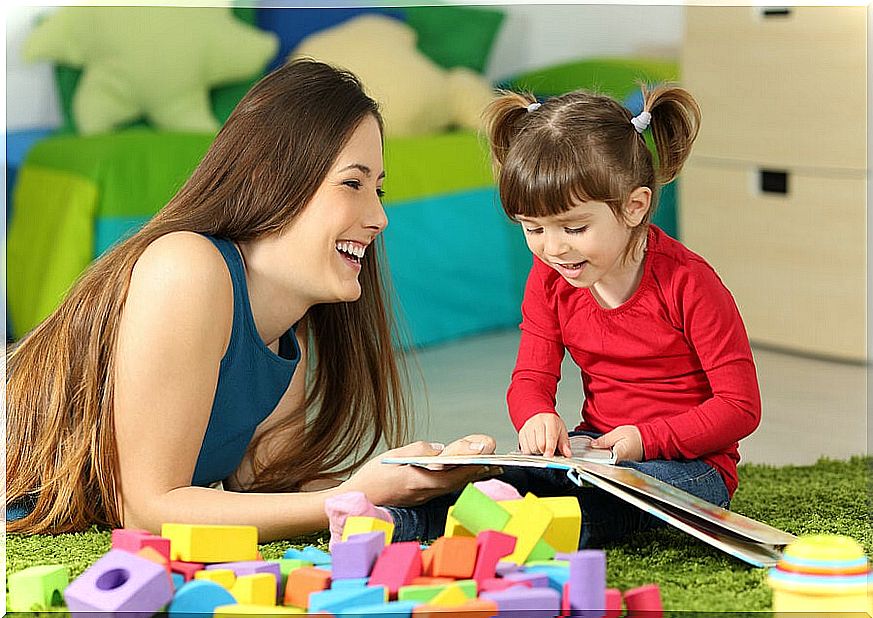
Reflections for repetition in Early Childhood Education
In addition, it is possible to reinforce the positive aspects of repetition by asking the child what activities he had a good time with in the classroom that day. The next day, we will remember this conversation and talk again about how well you had the day before.
These simple actions will naturally encourage them to reflect on themselves, as well as help them learn things more fully and faster. Let’s not forget that repetition in learning is essential in child development.
Therefore, to support and reinforce this important educational component that so influences the creation of new neurological connections, we must learn to be patient with children. Think of times when, for example, you want to read the same story for the tenth time. You have to encourage them and understand that they need it.
So, it is important to respect the child’s natural developmental drive. Know and remember that repetition is what you need to learn and be successful. By following these guidelines, it will be very easy to participate in this future success of the child and enjoy his happiness in the face of repetition.
